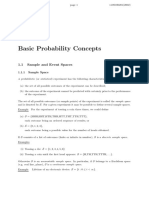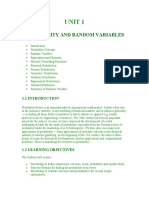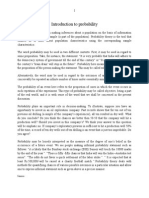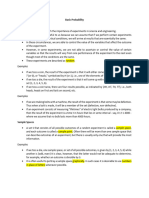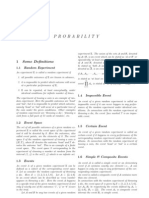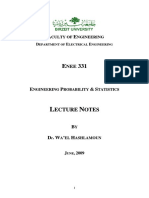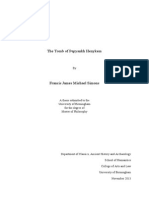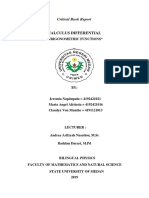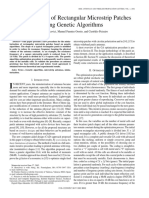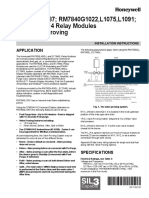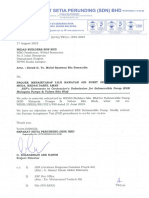0% found this document useful (0 votes)
32 views4 pagesSummary of Lectures - Chapter 1. Probability
Chapter 1 introduces fundamental concepts in probability, including experiments, sample spaces, events, and their relations. It covers probability rules such as the complement rule, addition rule, conditional probability, and Bayes' rule, along with methods for counting outcomes like permutations and combinations. The chapter concludes with an overview of Bernoulli trials and their probability calculations.
Uploaded by
hqn0028Copyright
© © All Rights Reserved
We take content rights seriously. If you suspect this is your content, claim it here.
Available Formats
Download as PDF, TXT or read online on Scribd
0% found this document useful (0 votes)
32 views4 pagesSummary of Lectures - Chapter 1. Probability
Chapter 1 introduces fundamental concepts in probability, including experiments, sample spaces, events, and their relations. It covers probability rules such as the complement rule, addition rule, conditional probability, and Bayes' rule, along with methods for counting outcomes like permutations and combinations. The chapter concludes with an overview of Bernoulli trials and their probability calculations.
Uploaded by
hqn0028Copyright
© © All Rights Reserved
We take content rights seriously. If you suspect this is your content, claim it here.
Available Formats
Download as PDF, TXT or read online on Scribd
/ 4




